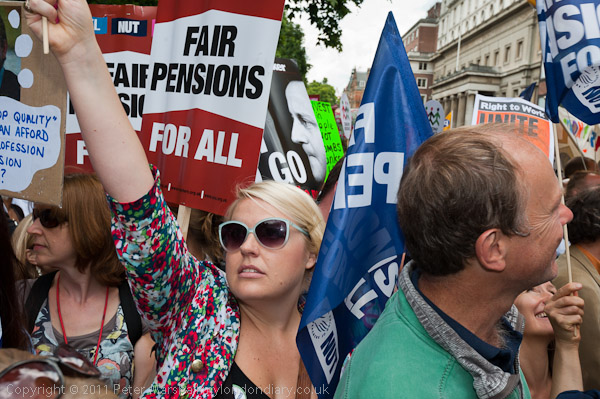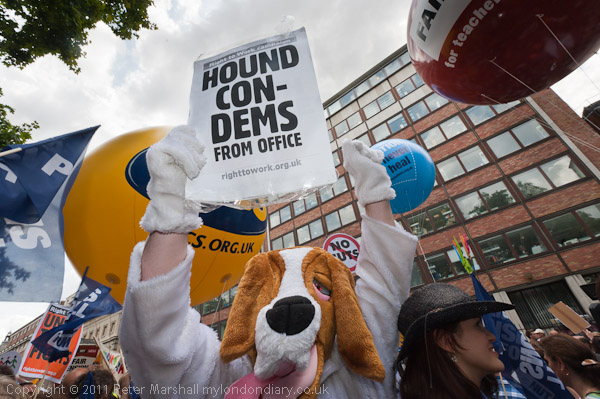
A myth seems to have arisen that somehow street photography died out in the UK, after a somewhat desultory start in the 1970s with the work of photographers including Tony Ray-Jones and John Benton-Harris, and was then somehow rediscovered in the early 21st century by new young and dynamic photographers.
This is of course completely untrue. Street photography is exemplified by the work of those photographers and the largely American photographers, mainly from New York and in the1940s very much associated with the Photo League and other New York pioneers such as Leon Levinstein (19101988) and later reaching its heights in the 1950s with Robert Frank (b1924) and later with Garry Winogrand (1928 – 1984) and others, strongly influenced a whole generation of photographers in the UK in the 1960s and particularly the 1970s through the magazine Creative Camera.
Many of them continued to work in later years in a similar vein; although Ray-Jones died young, Benton-Harris is still working and many other, younger British photographers also picked up their influences. Where photography here in the UK in the 1950s and 60s when I was growing up was very much exemplified in the work of Henri Cartier-Bresson (often cited as one of those who developed the genre of street photography though I suspect he preferred the earlier description of himself as a surrealist – but took Capa’s advice not to get himself labelled as the little surrealist photographer but instead to call himself a photojournalist) but by the 70s Frank and Winogrand had very much taken over the mantle.
Most of those photographers continued working. But like Cartier-Bresson they called themselves photojournalists, or some preferred to be known as documentary photographers. But if you want to see much of the best of UK street photography in the 1980s and 1990s you do not have to look far and there is plenty in the coverage of disputes such as the miner’s strike, the poll tax and other major social and political events of the era. It’s a whole strand of photography, a swathe of street photographers that remain largely ignored by our museums and art establishment. Despite many fine pictures being taken in London, its an area of work that is completely absent from the Museum of London show, London Street Photography 1860-2010, and perhaps also severely under-represented in its collection. But if you truly want to see ‘Street Photography Now‘ in the UK you are rather more likely to find it in newspapers, magazines and on the web on sites such as Demotix than in shows about street photography.
Not that these are not worth going to see, but I think they reflect a misunderstanding of the source of much of the imagery they contain. Perhaps one that in part we can blame H C-B for. I can’t for the moment remember which great American photographer first introduced me to the idea of ‘waiters’, dividing Cartier-Bresson’s oeuvre into those images stolen on the run and those which were more design-oriented, where the great master saw a location – perhaps a pattern of white washed houses of a Mediterranean village and sat or stood there for minutes or even hours, waiting for a person to put themselves in a key place in the design. For me it is only the grab shots which are truly street and not the waiters.
Design is of course important in photography, but its more formal aspects come from a different source, in particular in my own case from the work of the Bauhaus, both direct in books such as Johannes Itten’s Design and form and The Art of Color, two of the most important texts for photographers ever published, and in the more photographic form of Andreas Feininger‘s many text books on photography one of which I bought when starting photography and which have formed the basis of almost every ‘how to’ photography book since.

So although I may not often call myself a ‘street photographer’ now (or even a ‘post-street photographer’), street and the attitudes central to it still inform much of what I do, whether it’s photographing the ‘Right to Work Hound’ attempting to Hound the Con-Dems from office

or most (not quite all) of the pictures that I take at protests such as the J30 march against cuts and to protect pensions (including on this occasion my own fairly small one from 30 years of teaching.) These are pictures that are candid and spontaneous, that concentrate on ‘ordinary people’ rather than celebrities, which seems to me as good as definition of street photography as any and rather better than most.
Although that hound is becoming something of a celebrity. You can now see rather more of my pictures from the event than on Demotix on My London Diary in 20,000 March for Pensions & Against Cuts, and decide for yourself if they are street.